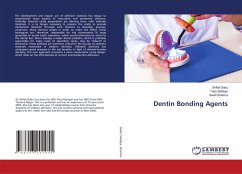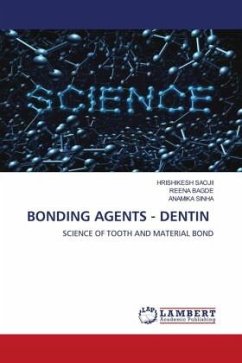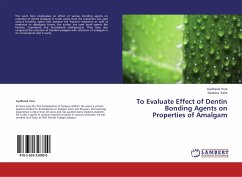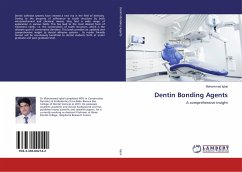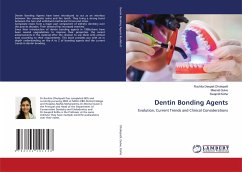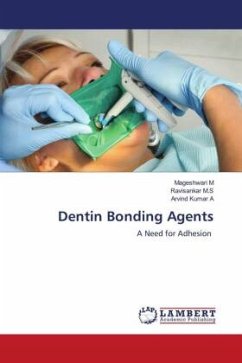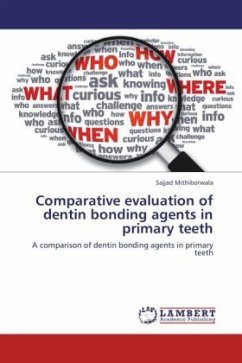
Dentin Bonding Agents
Conventional and Current Concepts
Versandkostenfrei!
Versandfertig in 6-10 Tagen
56,99 €
inkl. MwSt.

PAYBACK Punkte
28 °P sammeln!
During the last two decades, adhesive restorative dentistry has increasingly proven its tremendous clinical potential, first in the anterior and more recently in the posterior segments of the mouth. The major driving force for this evolution has been threefold i) The continuous search for specific, less invasive restorative modalities, ii) The patients ever-increasing demand for natural looking esthetics and iii) The intense controversy related to the use of dental amalgam.Adhesive techniques have greatly expanded the horizon of aesthetic dentistry. Correction of shapes, positions, dimensions ...
During the last two decades, adhesive restorative dentistry has increasingly proven its tremendous clinical potential, first in the anterior and more recently in the posterior segments of the mouth. The major driving force for this evolution has been threefold i) The continuous search for specific, less invasive restorative modalities, ii) The patients ever-increasing demand for natural looking esthetics and iii) The intense controversy related to the use of dental amalgam.Adhesive techniques have greatly expanded the horizon of aesthetic dentistry. Correction of shapes, positions, dimensions and shades of teeth are now possible with the restorative materials. Repair of fractured teeth can be carried out using the fractured tooth fragments there by maintaining original aesthetics.




